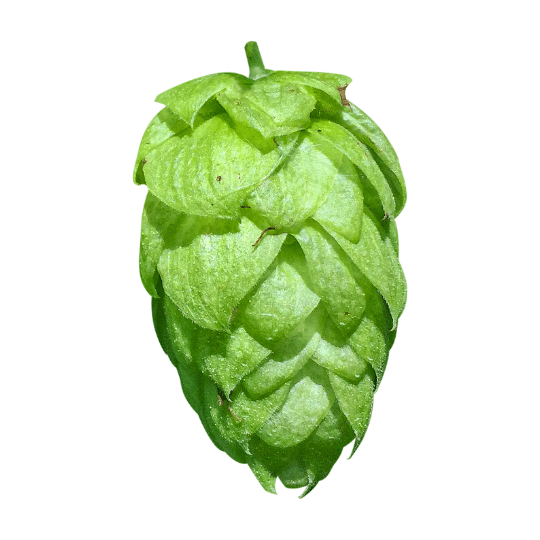

The Keyworth Early hop holds a unique place in British hop history. Bred by Professor Ernest Salmon at Wye College, it was introduced in response to a pressing agricultural challenge—hop wilt disease. Selected in 1943 for its moderate resistance to wilt, the Keyworth Early hop became an important part of mid-20th century hop development in the UK.
Keyworth Early hops trace back to a 1930 seedling known as OJ47. This seedling came from open-pollinated seed collected from EE92, a line descended from a wild Neomexicanus hop. These genetics contributed to its vigorous growth and large, open, ragged cone structure. As its name suggests, the Keyworth Early hop also matures earlier than most traditional British varieties.
Although the hop didn’t win widespread brewer support, its agricultural traits were valuable. After brewing trials in 1945 and 1948 labelled it just acceptable, the Hops Marketing Board still pushed for its commercial release in 1949. With no other wilt-tolerant options available, 43 acres were planted that year.
However, demand quickly dropped. Despite its agronomic strengths, the Keyworth Early hop lacked the flavour profile that was popular at that time. By 1962, the hop had disappeared from commercial production. Still, its role in hop breeding and disease resistance remains relevant.
Today, the Keyworth Early hop serves as a historical example of early disease-focused breeding efforts. It helped shape the search for resilient hop varieties, and it’s lemon, grapefruit, and earthy character are more fitting in today’s market.

